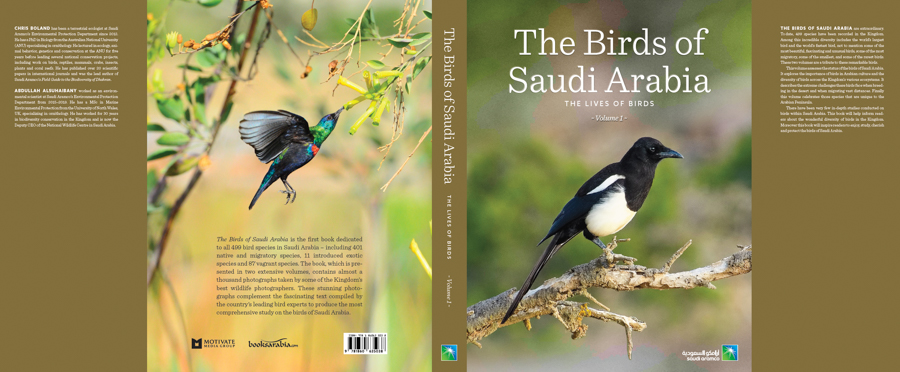This Arabian Spiny-tailed Lizard was found in Judah where I have seen them on a number of occasions before. The Lizards are a blue colour if not warmed up properly otherwise they reach a bright yellow colour. This one was close to a fence and could not run off because of it so we managed to get quite close before it ran along the ground next to the fence and under a gap it had made to the other side. Spiny-tailed Lizard (Uromastyx spp.) is a medium to large sized, heavily built lizard with a spiny club like tail, which has been likened to a small living dinosaur. They are ground dwelling and live in some of the most arid regions of the planet including northern Africa, the Middle East, Arabia, Iran, Iraq, Afghanistan, Pakistan and north-western India. The generic name (Uromastyx) is derived from the Ancient Greek words ourá (οὐρά) meaning "tail" and mastigo (Μαστίχα) meaning "whip" or "scourge", after the thick-spiked tail characteristic of the species. The Arabian Spiny-tailed Lizard Uromastyx aegyptia microlepis is most common in Saudi Arabia and is the one that occurs in the Eastern Province and is generally regarded as a subspecies of the Egyptian Spiny-tailed Lizard Uromastyx aegyptia.























.jpg)
.jpg)

































